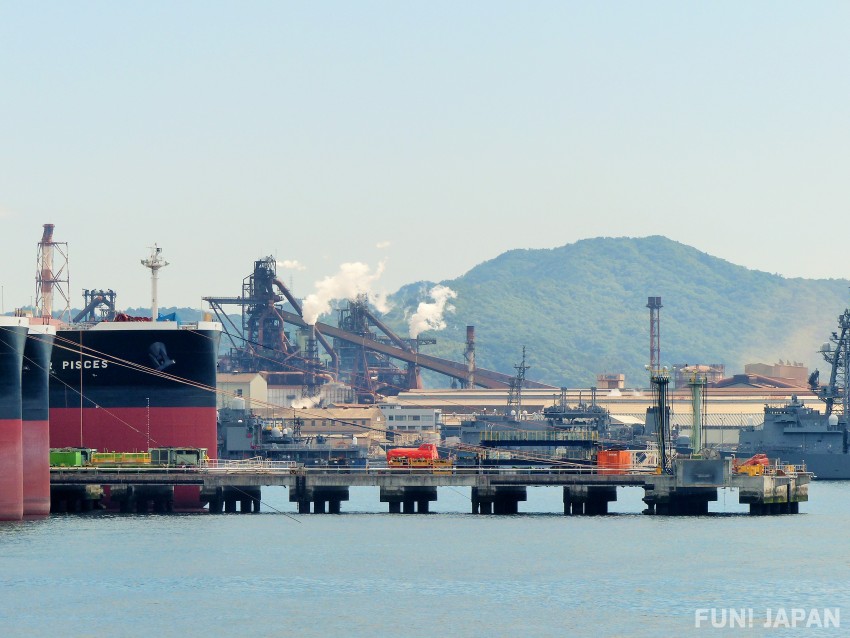
Kure City in Hiroshima Prefecture was once a naval port of the now-defunct Japanese Navy and is now the base of the Japan Maritime Self-Defense Force. For this reason, the city is dotted with spots related to the naval port, and has been used as the setting for Japanese movies such as "Umizaru" and "In This Corner of the World". The scenery with the atmosphere of the naval port and powerful submarines in the background is perfect for taking somewhat out-of-the-way pictures! This time, I will introduce spots where you can take pictures unique to such naval port town of Kure.
What exactly is Kure City in Hiroshima Prefecture? Let's learn about the magnificence of "Kure Naval Arsenal"!

It is said that the development of Kure City as a naval port dates back to 1889, when the Kure Naval Base (呉鎮守府 / Kure Chinjufu) was established to supervise the navy. Established in 1903, the Kure Naval Arsenal (呉海軍工廠 / Kure Kaigun Kosho) has built many famous warships such as the giant battleship "Yamato" (大和) and the aircraft carrier Akagi (赤城). At that time, Kure prospered as the city of "the best naval port in the East" and "the best naval arsenal in Japan" to the extent that it was called "the world's two major weapons factories" along with Germany's "Krupp".
Today, Kure City is dotted with spots that tell the story of those days, such as museums that display the history of naval ports and actual battleships.
"Alley Karasukojima" is a spot where you can take spectacular pictures of ships up close!

Alley Karasukojima (アレイからすこじま) is the only park in Japan where you can see a submarine in use up close. You will be able to take cool pictures against the backdrop of the surrounding brick buildings of the former naval arsenal and the old torpedo crane! At the Japan Maritime Self-Defense Force Kure Base next door, the ships are open to the public every Sunday. There you can take pictures of the ships anchored from up close. If you make a reservation in advance, you can also tour the inside of the ship.
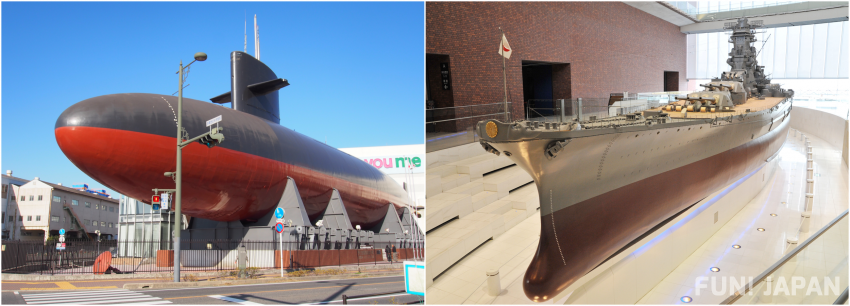
An actual submarine is on display at the JMSDF Kure Museum (nicknamed "Iron Whale' Museum"). Inside the museum, there are exhibits related to minesweepers (* warships that remove explosive weapons "mines" in the sea) and submarines. In addition, you can enter the retired submarine "Akishio" and take a tour.
At the Kure Maritime Museum (nicknamed "Yamato Museum"), a model of the battleship "Yamato" made at a scale of 1/10 is displayed. Although it's a replica model, the 26.3m-long battleship "Yamato" is still an impressive sight to behold!
Related article:
Feel the atmosphere of a naval port from the "Rekishi no Mieru Oka Park"
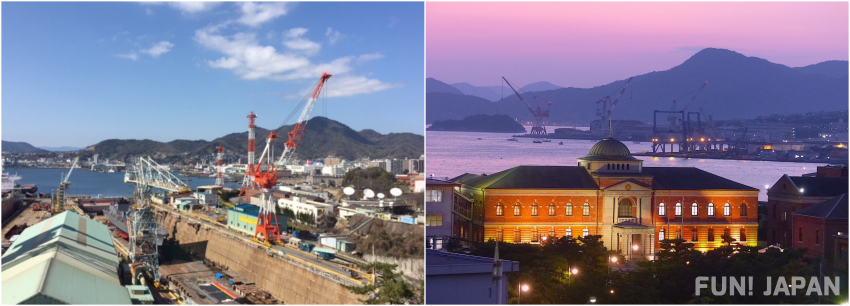
It is recommended that you get a panoramic view of Kure from the park called "Rekishi no Mieru Oka" (歴史の見える丘 - 'The Hill Overlooking History Park') on a small hill about 20 minutes on foot from "Yamato Museum". From this hill, be sure to take pictures of the old Kure naval base, the remains of the dock where the battleship Yamato was built, factories, etc. In addition, you can enjoy wonderful natural scenery such as the Kurushima Strait and the mountains of Shikoku.
Climb up the "200 steps of Ryojo" to view the houses lined up on a slope right in front of you!
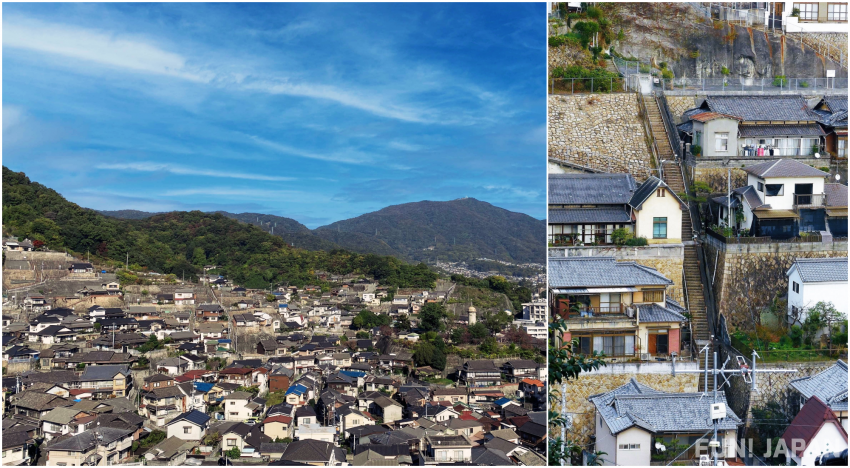
"Ryojo no Ni-hyaku Kaidan" (両城の二百階段 - 'The 200 steps of Ryojo') refers to the nearly 260 steps on the slopes of Ryojo, Kure City. This long, steep stairway is said to have once been used by divers and firefighters for training. It also appears in a training scene in the movie "Umizaru", making it a pilgrimage place for among Umizaru fans.
In addition, since around 1890, when the Naval base (Chinjufu) was established, the population of Kure City increased rapidly. Many houses for naval personnel were built on the slopes around the stairs. It features a Showa-style exterior that combines Japanese and Western style elements. A panoramic view of Kure Port awaits at the top of the stairs! It seems that many people also visit at night for the night view too.
Ondo Bridge with beautiful crimson accents
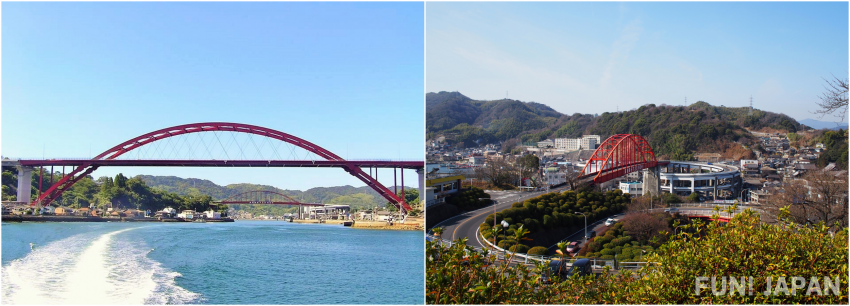
Ondo Bridge (音戸大橋) is a road bridge that connects Ondo Town in Kure City and Kurahashi Island. The contrast between the red arch bridge and the blue sea has a stunning visual impact, best for taking postcard-like pictures!
Since this bridge needs height to allow large ships to pass under it, both sides of the bridge are in a “two-and-a-half-layer” helical shape. It gained much attention as an arched helical viaduct (loop bridge) at the time it was built. In spring, pink and white azaleas bloom on the helical road on the Ondo side. It is also recommended to go there around Golden Week, which is the best time to see the flowers every year.
Mt. Haigamine, one of the three great night views of Chugoku and Shikoku!

At an altitude of 737m, Mt. Haigamine (灰ヶ峰) has an observation platform where you can enjoy a 360-degree panorama of the night view of Kure, which is said to be one of the three great night views of Chugoku and Shikoku. Jewel-like streetlights, boats staying in Kure Port, and the beautiful islands floating in the Seto Inland Sea from the top of the mountain make it a romantic spot in Kure with a panoramic view of the townscape of Kure!
Enjoy the scenery of the island and the sea along the "Akinada Tobishima Kaido"!
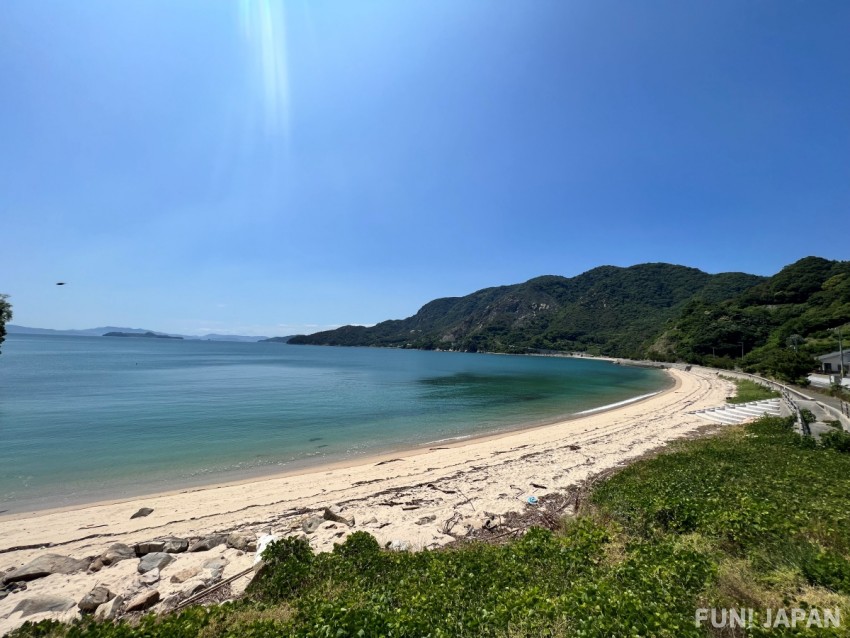
The Akinada Tobishima Kaido (安芸灘とびしま海道) is a route that connects Shimokamagari Island in Kure City with Okamura Island in Imabari City, Ehime Prefecture through a series of seven bridges. You can take beautiful pictures of the blue sky and the sea on a sunny day, so let's enjoy the scenery of the Seto Inland Sea by cycling or driving around the seven islands.
Related article
Access to Kure City
From Hiroshima City to Kure City, it takes about 32 minutes by rapid train (Akiji Liner) on the Kure Line from JR Hiroshima Station. If you go directly from Hiroshima Airport, it takes about an hour by limousine bus. By the way, if you want to go sightseeing in the center of Kure city, I recommend using the "1 Day Kure Pass" for extra saving!
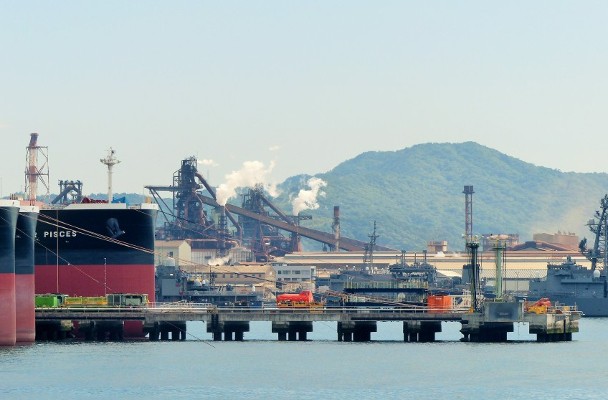
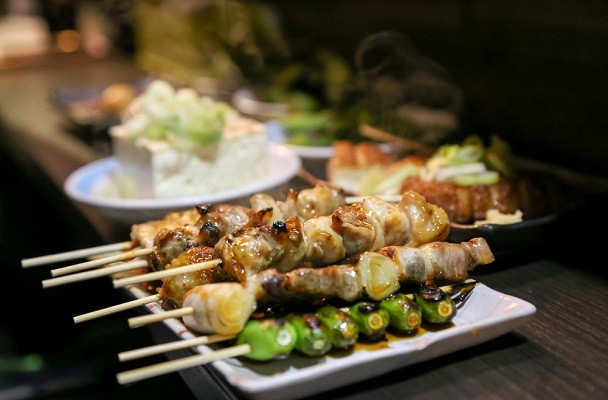

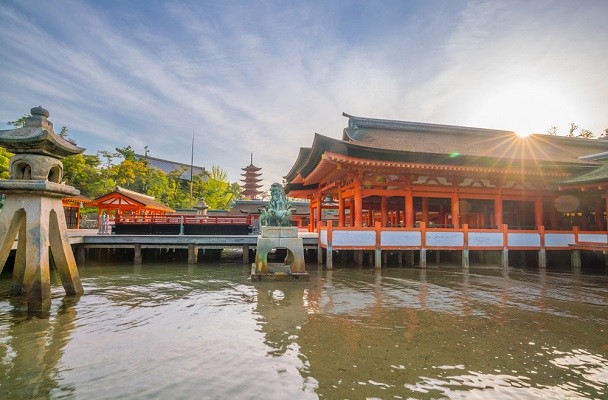
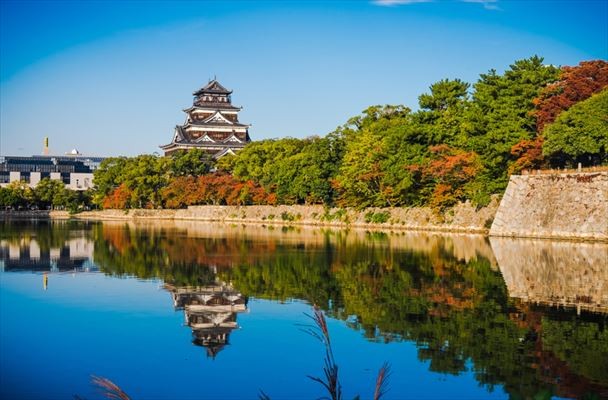

Comments